The Rivera de Cala is the main tributary of the Rivera de Huelva, into which it flows in the municipality of Guillena, after
providing water to the Cala and Castilblanco de los Arroyos reservoirs. It has its source at the boundary between the municipalities of Arroyomolinos de Leon y Cala, in Huelva, and Monesterio, in Badajoz and enters the province of Seville through El Real de la Jara. The Rivera de Cala flows through the Sierra Norte Natural Park for 18 km, marking the western boundary of the municipality of Almadén de la Plata, although in this town only the northern section of the river falls within the protected area. Its permanent tributaries include the Los Pilones stream, on its right bank, and the Los Molinos, Los Quejigales, Grama and Del Rey streams on its left bank. It also receives the contributions of some seasonal watercourses.
The presence of the native fish species, boga and Iberian roach, in the river is highly significant, indicating the purity of its waters, as they are very sensitive to pollution.
As it passes through the municipality of Almadén de la Plata, in some isolated sections, the river retains the remains of the old gallery forest with typical riverside vegetation, and crosses areas of dehesa such as La Traviesa in the Sierra Norte Natural Park.
Access is free. The Rivera de Cala can be reached via the A-8175 road between Almadén de la Plata and El Ronquillo, about twelve kilometres from the latter. There is also another access from the SE-6405 road in the direction of Santa Olalla del Cala, about fifteen kilometres from Almadén de la Plata. The signposted Los Molinos path also leads to the river, in the area of the mouth of the Los Molinos stream.
In El Real de la Jara area, there are two unique areas in the surroundings of the Rivera de Cala: Los Cuchillos de
Correa and Las Revueltas de Cuqui. The area of Los Cuchillos is an escarpment over the river with jagged rocky ridges.
Las Revueltas is a stretch of several kilometres in which the river runs through very rugged terrain, following a winding course with abrupt drops that give rise to waterfalls, pools and sections running through gorges.
Part of the river is bordered by gallery forest, the remains of what must have been the ancient vegetation of its course, where you can find willow, ash, tamarisk, oleander and other riparian plants. In the shade of the forest, different species of ferns and aromatic plants grow, taking advantage of the microclimate created by this tunnel over the water. The gallery vegetation also sustains a variety of birdlife, and in the rocky areas very rare species nest, such as the black stork.
Access is free. It can be reached via the A-5301 road in the direction of Santa Olalla del Cala and by several roads that leave from the town of El Real de la Jara.
The Rivera de Cala runs along the entire eastern boundary of the municipality of El Ronquillo. In this municipality, the first section of the river's course falls within the Sierra Norte Natural Park, while outside the protected area, the last section is interrupted by the Cala reservoir. This reservoir was built between 1925 and 1927 to generate electricity, and also extends into the municipalities of Castilblanco de los Arroyos and Guillena.
The riverside vegetation consists mainly of reeds, oleander, bramble and poplar, while in the area of the reservoir, with gently sloping banks, there is little tree and shrub vegetation and it is surrounded by dehesas.
The Cala reservoir is widely used for sport fishing, due to the presence in its waters of species such as black bass, carp and pike.
Access is free. The area of easiest access is the reservoir, which can be reached by taking the SE-186 road in the direction of Castilblanco de los Arroyos, from which there are various cattle tracks and paths leading to the reservoir.


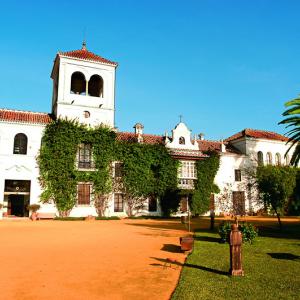
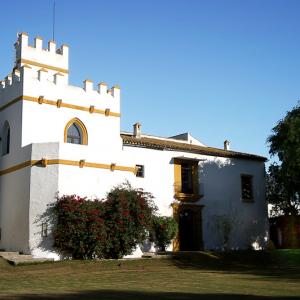
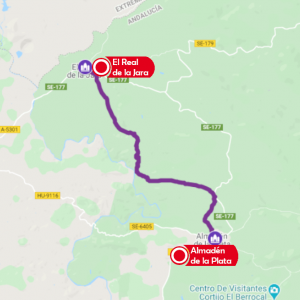
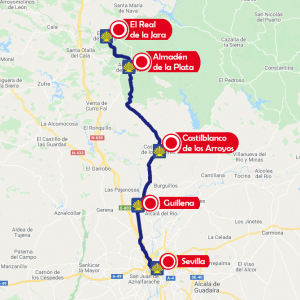
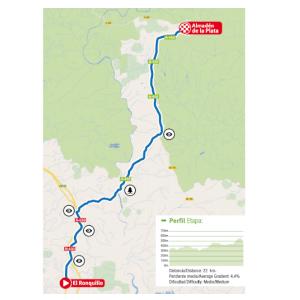
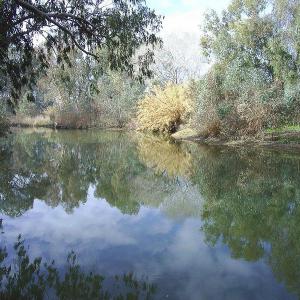
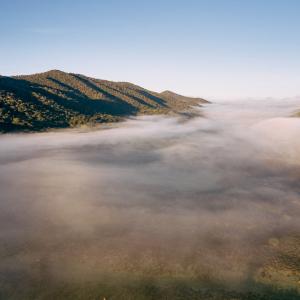
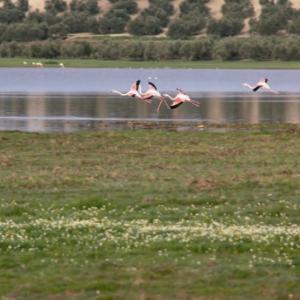
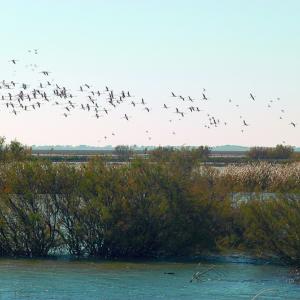
0 comments
New comment
The comments are moderated, so it takes a while to appear. If they contain offensive language they will not be published.